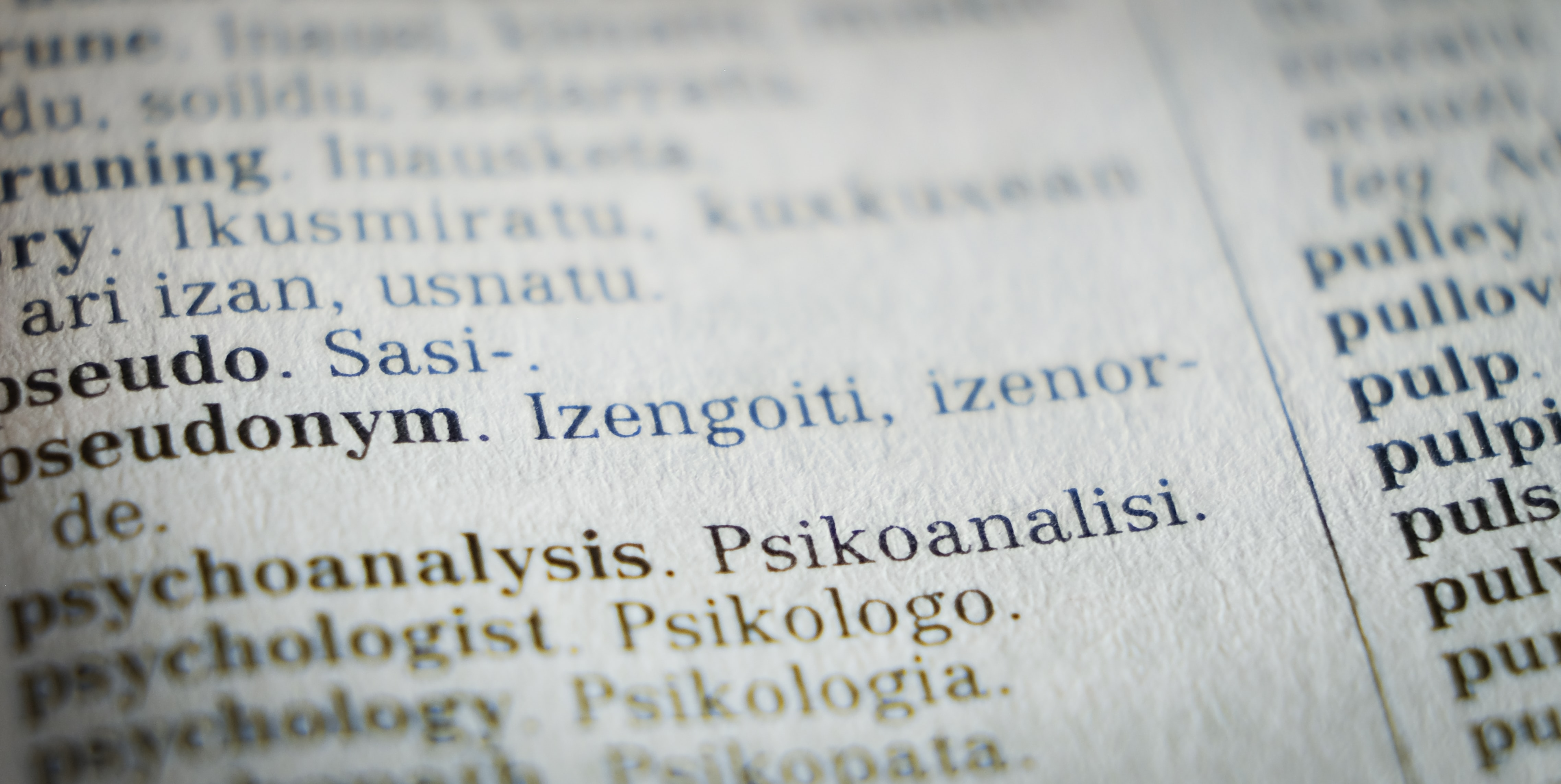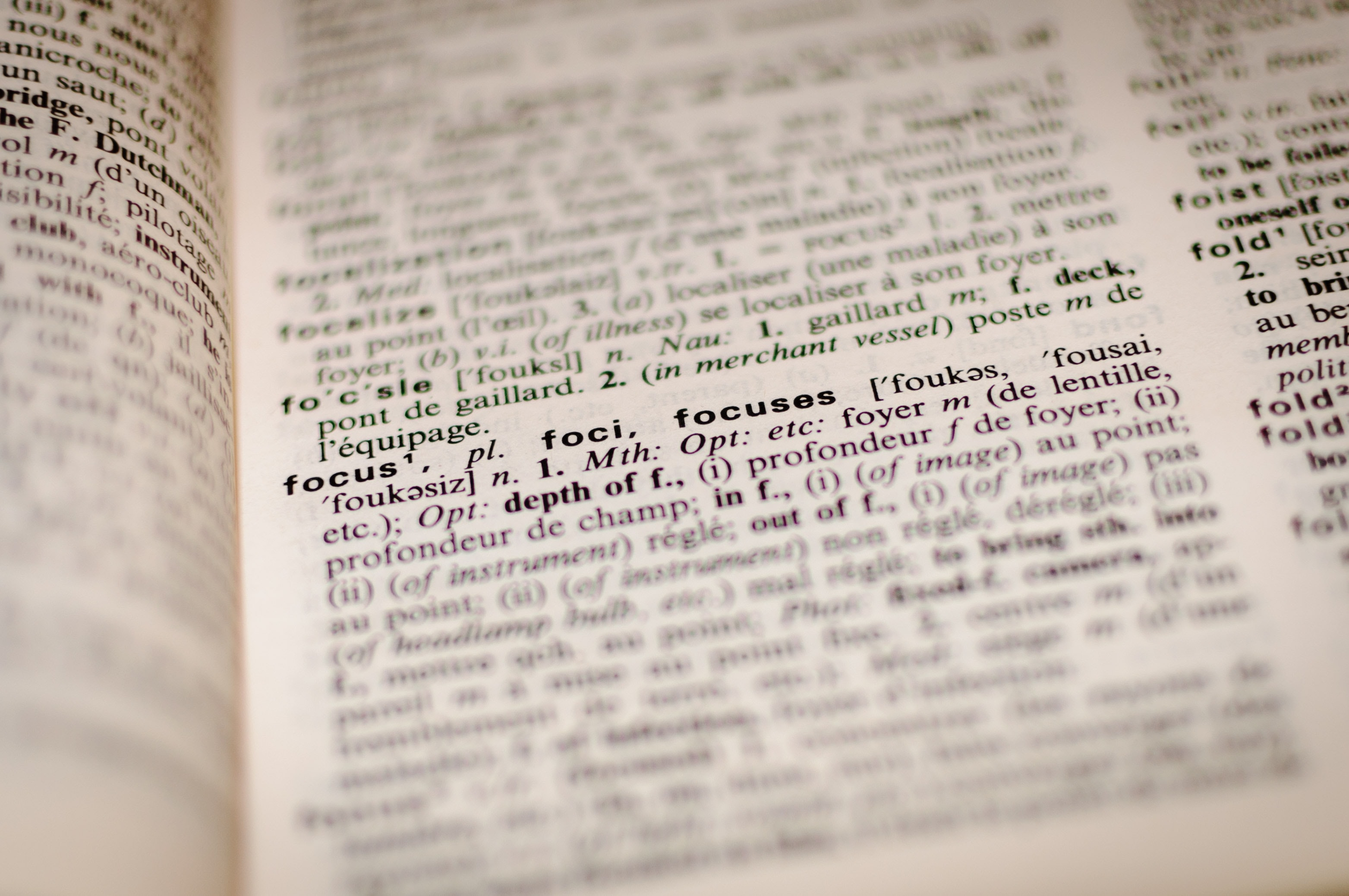Machine translation is an important technology for the global economy. However, in the past, the development of machine translation was very difficult. As we all know, human beings have a very high language barrier. Therefore, the development of machine translation has always relied on the assistance of many people, and it took a lot of time to develop. However, the machine translation history has now entered a new stage.

At present, the development of machine translation is very rapid, and there are many applications of machine translation. At the same time, the development of machine translation has become increasingly mature. More and more companies are developing a variety of machine translation products. In addition, the use of machine translation is becoming more and more popular in the example based machine translation when machine translation began.
Machine Translation History along with Statistical Machine Translation
Machine translation history is the history of machine translation, including all of its major milestones and innovations. There are many terms that are used to describe the history of machine translation, including “history of MT”, “MT history”, and “MT history timeline”. Machine translation history is usually written as a timeline, but it can also be written in a more narrative form using the machine translation system or google translate.
Machine translation history is the story of the development of machine translation from the beginnings of the field in the early 1960s up until today. The earliest applications of machine translation can be traced back to the 1930s. At that time, the idea of machine translation was not really considered as a viable concept, and the applications of machine translation were limited to a handful of domains.
What is the Machine Translation Technology ?

Machine translation is the process of converting text from one natural language to another. This conversion process requires a translator to understand the meaning of the source text in the first language (the language into which the text is being translated) as well as the meaning of the target text in the second language (the language into which the text is being translated). This type of translation is also referred to as machine translation because computers execute the translation process.
However, this type of translation does not necessarily involve human beings. Machine translation technology has existed since the early 1950s. During that time, the first computerized machine translation systems were developed by researchers at the United States’ Defense Advanced Research Projects Agency (DARPA). The aim of the project was to produce machine-generated translations of English-language military documents for use in the event that an English speaker became lost in a foreign country. These machines were also designed to help the military make sense of foreign languages spoken by their enemies. The technology behind these early attempts to create machine translations was based on the same principles as modern-day machine translations.
The first generation of machine translation systems worked by translating text directly from one language to another. These early models did not possess a knowledge base and had no understanding of the source text. In the case of military applications, this meant that they could only translate text that was written in the target language. The second generation of machine translation systems added a knowledge base, enabling them to translate text that was not originally written in the target language via machine translation output with human translation.
How Machine Translation Became An Industry ?
Machine translation has become an essential part of human communication. However, it wasn’t always the case. In the past, translations were only done by humans. Nowadays, most of the translation services are provided by machines. Before we delve into how machine translation became an industry, let’s first see why this was needed in the first place. In the past, translation services were only provided by humans.
The reason behind this is the complexity of language. There are multiple reasons why people need to communicate using words instead of just speaking. One reason is that people want to be understood. We want to be understood by our peers, our family, and our friends. If we speak, it’s harder to be understood. This is because of the complexity of the language.
Another reason is that sometimes, the message being communicated cannot be conveyed by a single word. If someone says “I am hungry”, we know exactly what they are saying. But, if they say “I am hungry because I am very hungry”, it’s difficult to comprehend the message. This is because of the context of the sentence. If we try to translate these sentences to another language, it would be easier to understand the meaning.
Who Invented the Machine Translation? Here Are A Few Amazing Facts
Machine translation has made a huge impact on how people communicate in the modern world. It is the process of translating words and sentences between two different languages. This technology has allowed people to communicate with people in different parts of the world without having to learn a new language. However, it is not a perfect system, and it can sometimes translate incorrectly.
Here are some amazing facts about machine translation. It has been around for centuries. There have been instances where a person would read the Bible in their own language and then ask someone to translate it to them. In the early 19th century, the first mechanical translation device was created. It was a contraption that translated text from German into English.
This was an early example of machine translation. Machine translation started becoming widely used in the late 20th century. In the 1960s, the computer was the main focus of research, but it wasn’t until the 1980s that computer algorithms were developed to make machine translations possible. In the 21st century, machine translation has become increasingly more popular. Some of the most important advancements include the use of neural networks and big data. In addition, the industry is now embracing open-source and crowdsourcing models.
